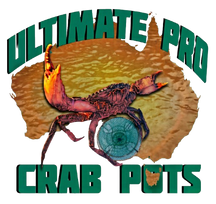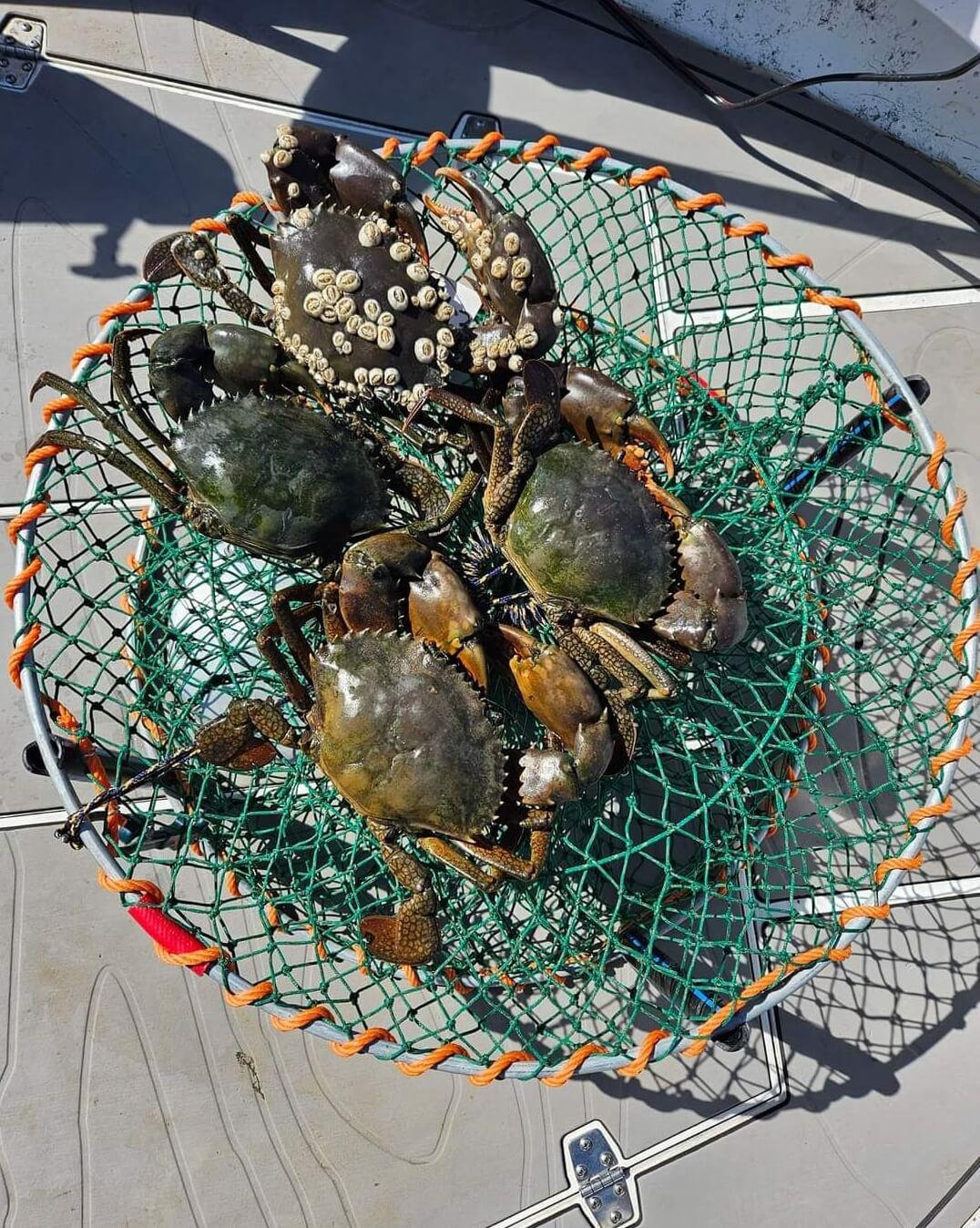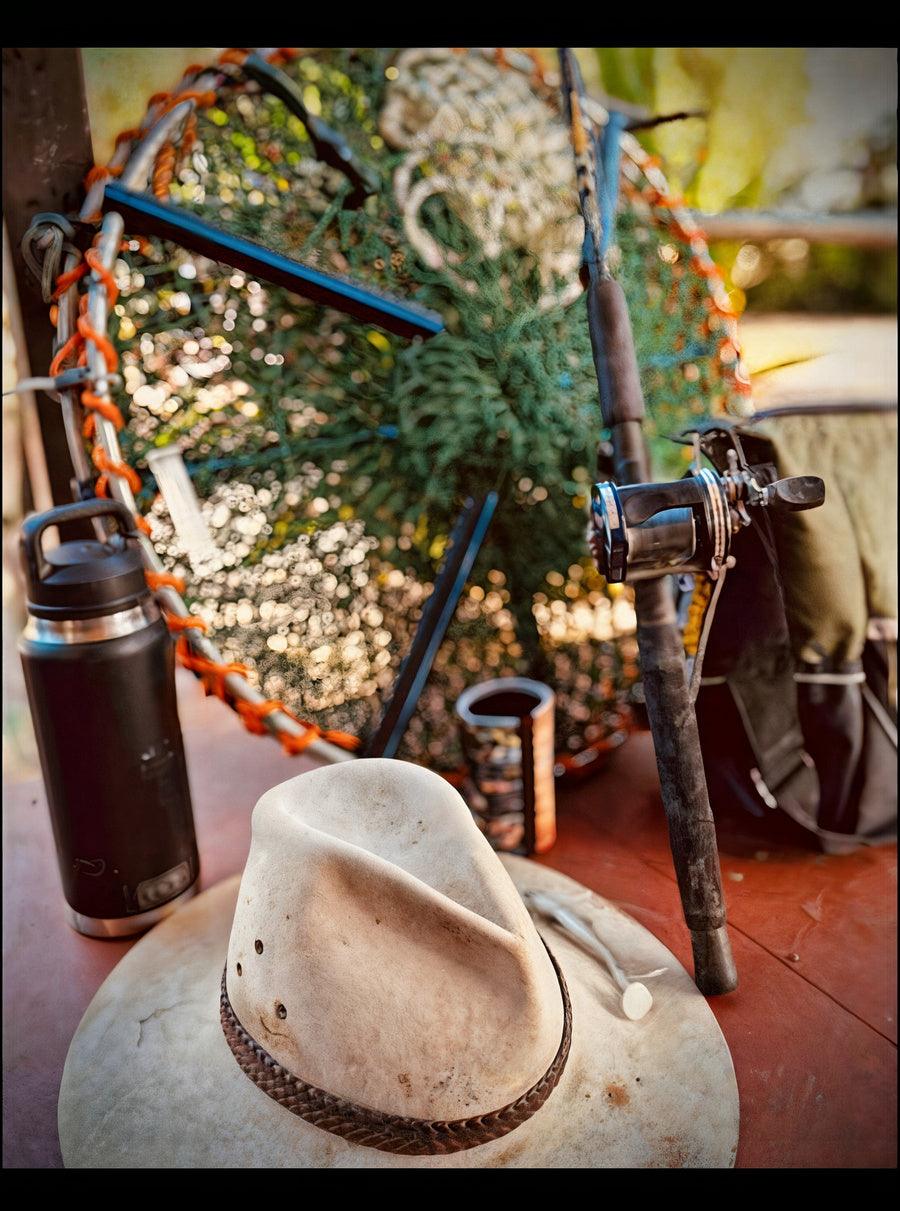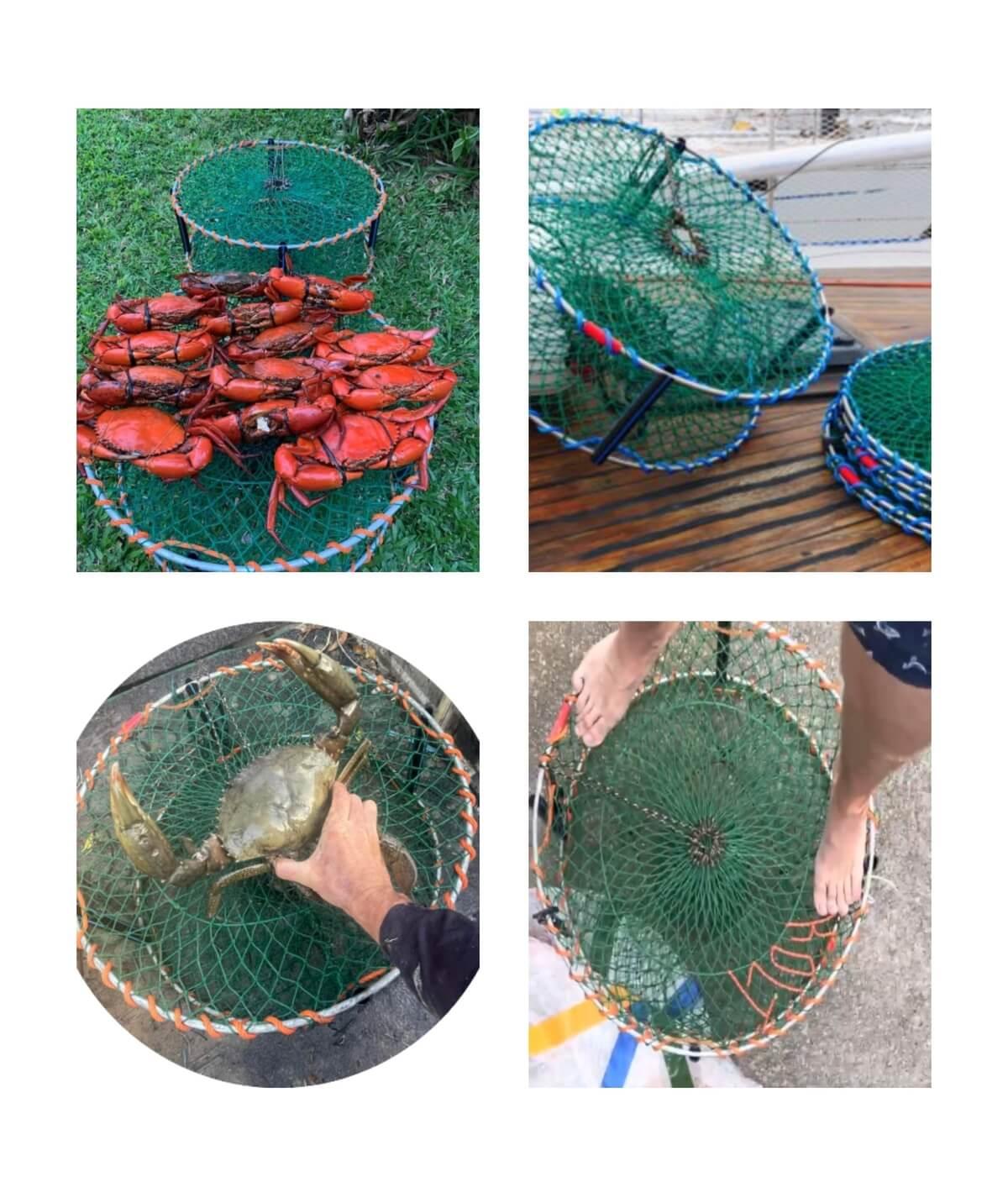Crabs are a beloved seafood delicacy enjoyed by many around the world, but did you know that there are different types of crabs with unique characteristics? Two of the most popular varieties are mud crabs and sea crabs. In this blog, we’ll explore the key differences between these two types of crabs, including their habitats, physical features, flavor profiles, and best cooking methods.
Habitat: Where They Live
Mud Crabs
-
Location: Mud crabs (scientific name: Scylla serrata) are typically found in shallow coastal waters, estuaries, and mangroves. They prefer muddy or sandy bottoms where they can easily burrow and hide.
-
Environment: Mud crabs thrive in brackish waters—where saltwater and freshwater mix—which makes them commonly found in river mouths and wetlands.
Sea Crabs
-
Location: Sea crabs refer to a variety of species that inhabit the open ocean and coastal waters. Some well-known sea crabs include blue crabs (Callinectes sapidus), king crabs, and Dungeness crabs.
-
Environment: Unlike mud crabs, sea crabs prefer sandy or rocky substrates and are often found in deeper waters, making them less likely to burrow compared to their mud-dwelling counterparts.
Physical Features: Identifying the Differences
Mud Crabs
-
Shell and Claws: Mud crabs have a broad, robust shell with a dark green or brown coloration. They are known for their large, powerful claws, which are often asymmetric—one claw is larger than the other, perfect for crushing prey.
-
Size: Mud crabs can grow quite large, often weighing between 1 to 4 kg (2 to 9 lbs) or more, making them a favorite for crab lovers.
Sea Crabs
-
Shell and Claws: Sea crabs come in various shapes and colors depending on the species. For example, blue crabs have a blue-hued shell with a lighter underside and can also have long, pointed claws. King crabs are known for their spiky and robust appearance.
-
Size: Sea crabs can also reach substantial sizes, particularly king crabs, which can weigh over 6 kg (13 lbs). However, many types of sea crabs are smaller than mud crabs, depending on the species.
Flavor Profile: Taste and Texture
Mud Crabs
-
Taste: Mud crabs are renowned for their sweet, delicate meat. The flavor is rich and slightly briny, making them a prized catch among seafood enthusiasts.
-
Texture: The meat of mud crabs is firm and flaky, with large lumps of meat found in their claws and body.
Sea Crabs
-
Taste: Sea crabs have a variety of flavor profiles depending on the species. Blue crabs offer sweet and tender meat, while king crabs are famous for their rich, buttery flavor.
-
Texture: Sea crab meat can vary greatly in texture; some, like Dungeness crabs, have soft, sweet meat, while others, like stone crabs, have a firmer texture.
Cooking Methods: How They’re Best Prepared
Mud Crabs
-
Cooking Techniques: Mud crabs are commonly steamed or boiled. Their rich flavor shines when paired with garlic butter or chili sauces. They can also be used in salads, soups, and stir-fries.
-
Popular Dishes: Try making a classic crab curry or a simple crab stir-fry to highlight the sweet flavors of mud crab.
Sea Crabs
-
Cooking Techniques: Sea crabs are versatile and can be prepared in various ways, including boiling, grilling, and baking. Their meat is often used in crab cakes, crab rolls, or as a topping for pasta dishes.
-
Popular Dishes: Blue crab is famous for being used in crab cakes, while king crab legs are often simply boiled or steamed and served with drawn butter.
Conclusion
Understanding the differences between mud crabs and sea crabs enhances your appreciation for these delicious crustaceans. While both types offer unique flavors and culinary versatility, their distinct habitats, physical features, and best cooking methods set them apart. Next time you indulge in crab, take a moment to savor the differences and enjoy the delightful variety that these amazing seafood options offer!
Whether you're out fishing or dining in a restaurant, knowing your crabs can elevate your seafood experience to a whole new level!



